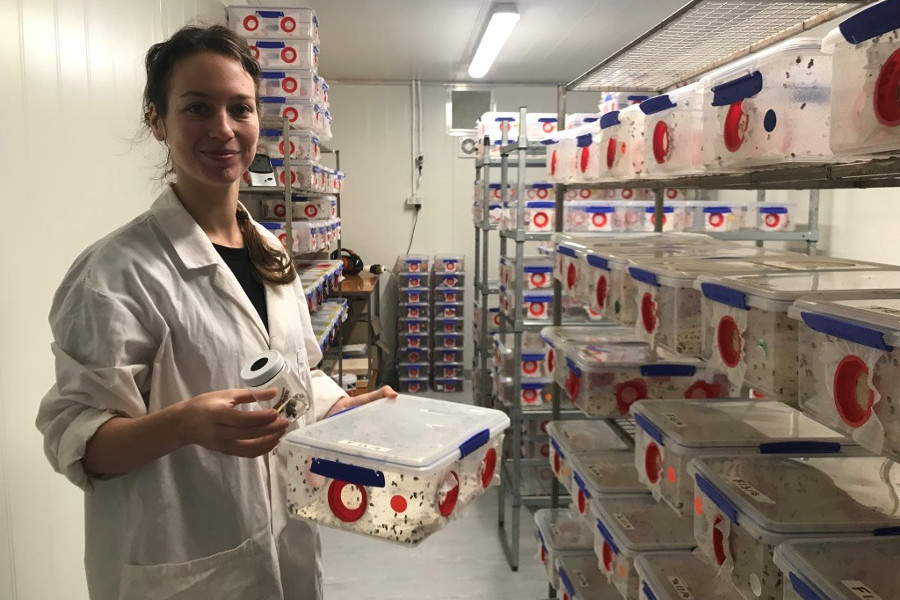Activity 10d: Bugs for Bugs – An R&D success story

- For many years, the agriculture, forestry and fishery industries have used pesticides to control weeds, pests, insect infestations, and disease carriers. Without these pesticides the productivity of Australian growers would have been lower, with the industry producing far fewer products.
- Research highlights that there are real negative effects associated with the use of pesticides, both on the environment (e.g. biodiversity being threatened) and human health (such as the links to cancer and our immune or nervous systems). It therefore stands to reason that if we use fewer pesticides in agricultural production that it can improve health and environmental outcomes, thereby benefiting society.
- As weeds and insects become resistant to pesticides over time, it ultimately reduces productivity within the agricultural sector of the economy, both reducing the capacity to supply agricultural produce as well as raise costs of production, both of which negatively impact on the total volume of production that can be produced over any given time (i.e. reduces Aggregate supply). For example, in the early 90s, the cotton bollworm became resistant to insecticides and put the global cotton in industry in danger as the global supply of cotton was impaired, leading to negative flow on effects for all industries using cotton as an input, which therefore negatively impacts on the capacity to supply these goods (i.e. reduces aggregate supply).
- Bio-control agents are insects that are natural enemies to pests and include ladybird beetles, tiny parasitic wasps and predatory mites. For example, the use of bio-control agents for citrus growers has the potential to achieve any given level of pest control at lower cost and/or higher efficiency. This enables farmers to achieve higher yielding crops over time, increasing agricultural production.
- Greater expenditure on R&D efforts can lead to the development of a more effective and reliable product which ultimately delivers a more efficient pest control outcome for agricultural producers. As noted in the article, this reduces the need for chemical pesticides, enabling growers to use smaller amounts of chemicals for longer, reducing the risk of resistance. By making crop production more sustainable and reliable, lowering costs at the same time, it boosts supply potential (aggregate supply), exert downward pressure on prices, which improves the ability of Australian agricultural producers to win a greater share of the global market (i.e. it improves international competitiveness).
- According to Mr Papacek, without the assistance of R&D incentives provided by the government, it is unlikely that the business will have survived. it is precisely the way that are indeed tax incentives not designed to work, by encouraging businesses to undertake R&D that they would not have otherwise undertaken, or increase the level of R&D beyond that which will have otherwise occurred.
- The connection between R&D and aggregate supply as highlighted in the responses to question 5. Given that the provision of R&D the tax incentives helps to increase the level of R&D then it stands to reason the tax incentives provided to Bugs for Bugs helps to increase aggregate supply and achieve a more strong and sustainable rate of economic growth (given that a higher right of growth in real GDP can be achieved at lower prices).
- Given that chemical pesticides primarily imported and the substitute ‘Bugs for Bugs’ product is produced domestically, it helps to increase the surplus in Australia’s Balance on Goods and Services and improve the current account balance given that the value of imports decreases. Given that fewer imports also translates into stronger aggregate demand, it leads to an increase in the rate of economic growth than would otherwise occur.
